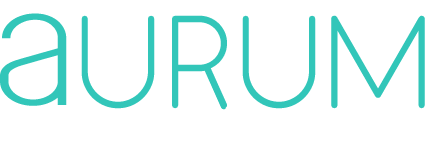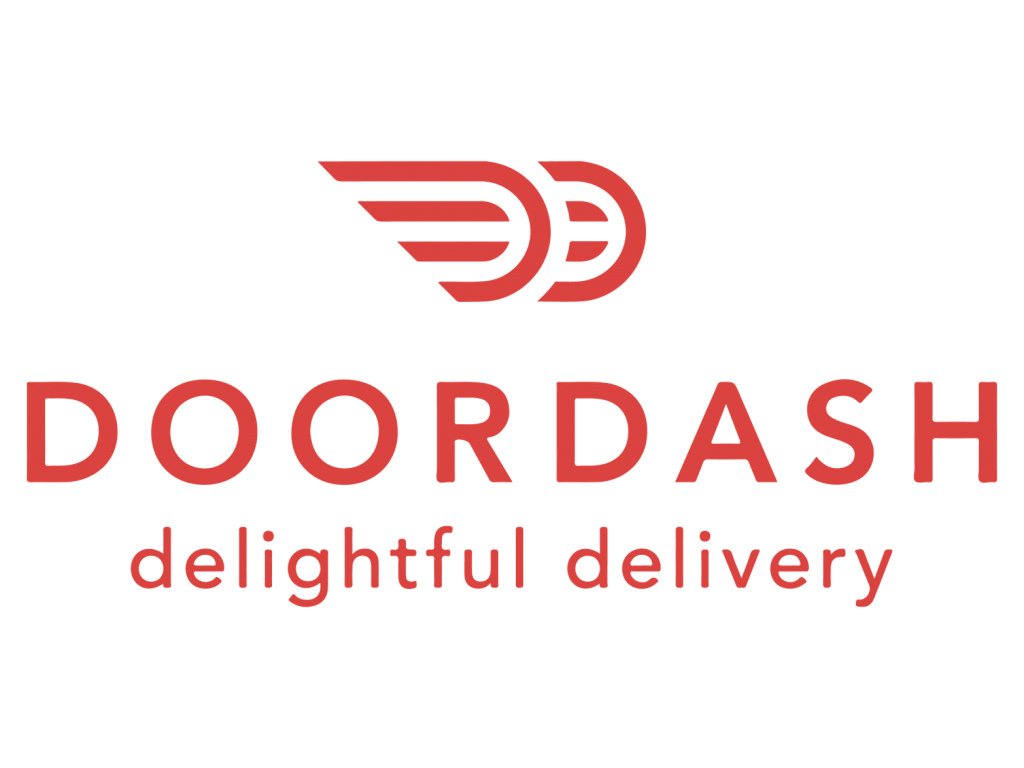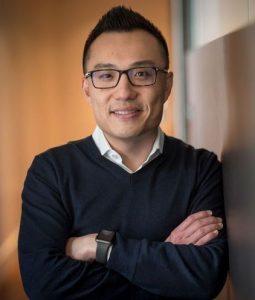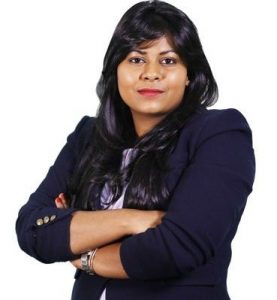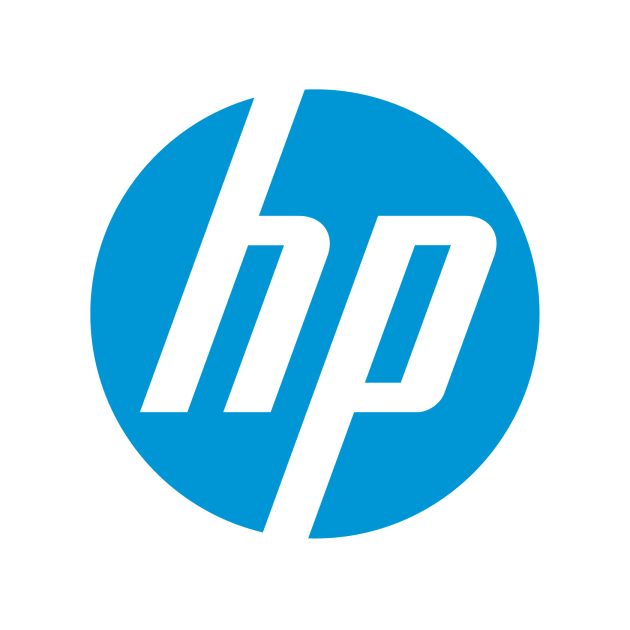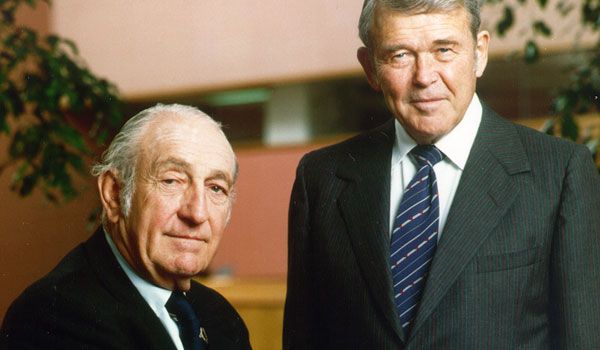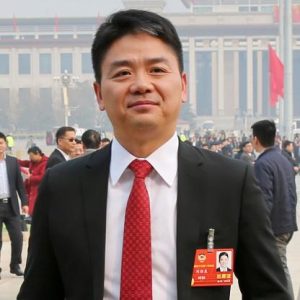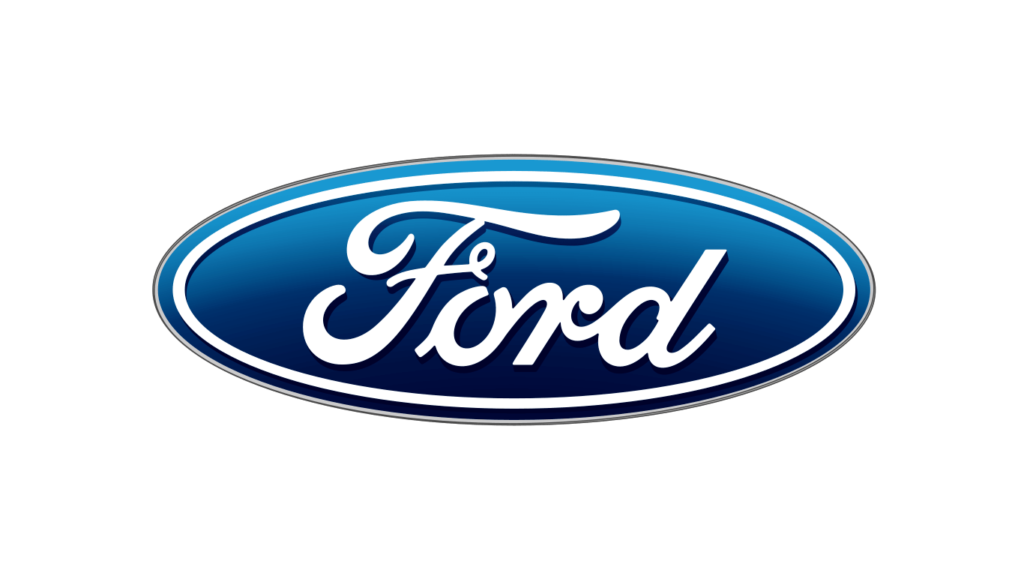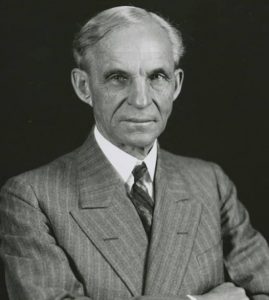Aurum Wellness : An App Helping People Prioritize their Mental Health
It all started with a thought, “is mental health not as important as our physical health? Then why do we not prioritize it when we should be able to talk about it and get help? Is it fair that treatment should be sought only when extremities like clinical depression or suicidal tendencies set in? If we can provide help in the earlier stages, so much good can be done in the world”
Fresh from graduating from college, Dhwanil Shah and his co-founder Meet Patel knew that they wanted to work in the area of mental and emotional health. Dhwanil’s father has been taking stress management seminars since he was a kid, and it had always inspired him. After noticing the end number of interactions in the seminars, it dawned on him that people in all areas of life have immense stress, anxiety, or some issues that they want to tackle, but they don’t, due to constraints of time, accessibility, pricing etc., and it takes a toll on their mental health to a great degree.
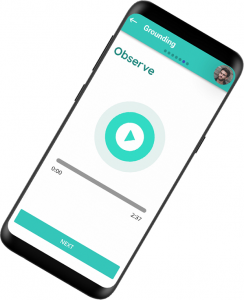
The two of them, along with working in a corporate, started meeting a number of well-known psychologists and counsellors and realized that although there is a small shift happening within the community, there is still a long way to go in making people open up. He says, “There is always room to do more and more in this space. Affordability also is a major issue in seeking help. Most people do not believe that it is worth spending Rs 500-1200 for a 45-minute session, because somehow to them, their anxiety, their stress can take a backseat. We want to change this. What scares us is if we do not communicate about our emotions and mental health, we will ultimately suffer from the physical health front to a big extent. Is that ideal?”
“We conducted a lot of surveys and talked to a lot of people to figure out the pain points and decided to come up with a solution that would address them. The main concerns were accessibility, affordability and continuity. People were just not able to allocate time and money for regular sessions. They usually stop after a couple of sessions and try to resolve their issues on their own, possibly falling in the same trap again. That is how Aurum was born. We wanted Aurum to be an app which provides affordable and expert services for mental, emotional and diet wellness, a new age holistic wellness platform. We wanted to bring more to the table than just anonymous counselling. There is a section for people who still do not want to communicate with counsellors called “program” which using a very tuned algorithm, let them recognize their own problem areas, set their own improvement targets and provides simple, yet effective soothing exercises. One more very important factor in this whole holistic wellness area is that many people have issues like body image problems, Non-communicable chronic issues like diabetes, cholesterol etc which are directly related to their diet. So these diet-related issues eventually take a huge toll on the persons mental health as they are constantly in anxiety about their diet-related problems. So we also have on the platform professional diet counsellors who understand the importance of diet with respect to overall well being and they are trained to provide such quality counselling. We have on board some of the best psychologists and dieticians who are keen to be a part of a team which is so dynamic and ready to do what it takes to help in alleviating these mental and emotional health problems of the masses.”
The statistics for people suffering from holistic wellness issues like stress, anxiety, depression and diet-related issues like Obesity Diabetes, Chronic Depression, Hypertension is alarming.
Some stats which will help put things in perspective:
- 15% of the Indian population suffers from a mental issue,
- There are only 2000 estimated psychologists in India,
- 45% of the working population suffers from high levels of stress.
There just aren’t enough qualified professionals in the traditional network to support these populations. Technology is the way forward, and as such we have done our best to come up with a solution, which can be both effective and appealing at the same time. They have got a very positive response, since the time it has launched. More than 2000 downloads on the play store and almost 100 paying subscribers have validated the fact that there are a lot of people who want to do this, and who find it useful. “We want to keep doing this to help those who want it but are not too willing because of the above-mentioned concerns. We aim to become a top brand in this space that people can trust and come back to whenever they feel like it”.
